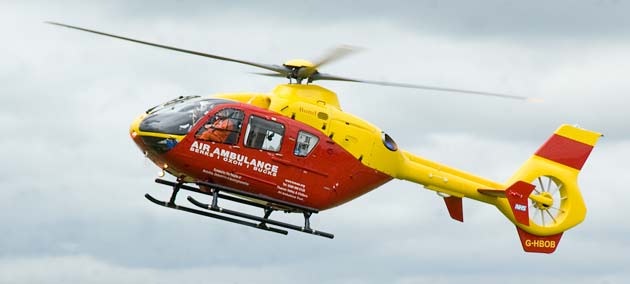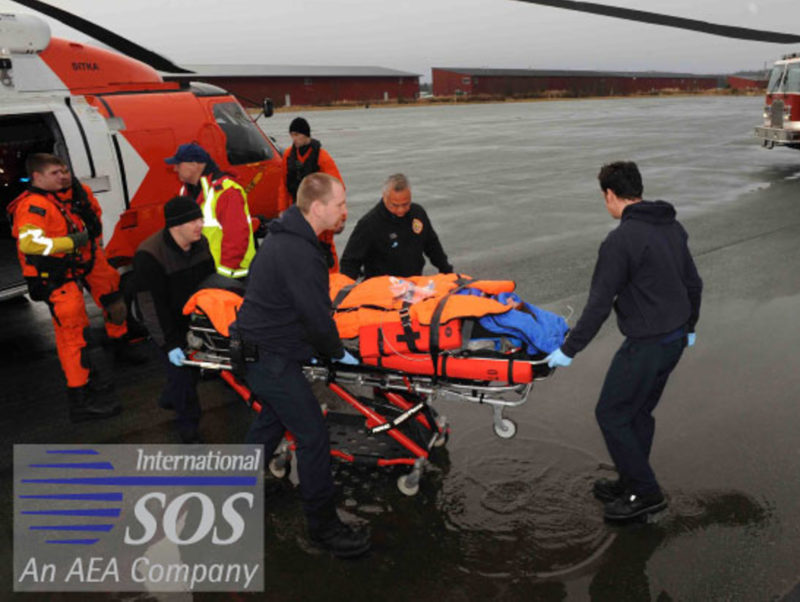True to its billing as a trailblazer in the aviation industry, PhilJets once again set the bar higher by establishing a partnership with International SOS, a globally recognized provider of medical and security services for companies with international operations.
To better understand how much this milestone partnership means to PhilJets, one needs to understand what International SOS is, and how a partnership with them is a solid boost to the reputation and presence of PhilJets.
International SOS
International SOS is touted as the world’s leading medical and travel security assistance company, with a service reach encompassing 1000 locations in 90 countries worldwide. International SOS provides travel risk management training for their clients’ employees whenever there is a need to travel to unfamiliar or remote locations in the conduct of their company’s business. If called upon, International SOS can also provide medical and security assistance to their clients.1
After being founded in Singapore by Arnaud Vaissié and Dr. Pascal Rey-Herme in 1985, International SOS has gradually extended their presence from Asia to the United States and then to Europe. Now with a solid track record of more than 30 years, the company employs 11,000 personnel, including more than a thousand doctors and hundreds of security specialists. This massive manpower allows International SOS to give exceptional services to their more than 10,000 corporate clients, including 68 percent of the Fortune 500 companies.2
On 1996, International SOS opened an office in the Philippines. Since then, the company has been providing top-notch services for leading multinational companies and international agencies in the country.3 International SOS also partners with medical evacuations (medevac) providers in the country provided that prospect partners meet their very high standards. After proving itself capable of providing medevac services that are at par with international standards, PhilJets finally secured a partnership with International SOS this year. Because of the very strict requirements imposed by International SOS before making partnerships, only an elite few among aerospace companies have the capability to comply and PhilJets is one of those providers.
In accordance with the partnership, PhilJets will now start catering to the air ambulance and medical evacuation needs of International SOS. This setup will enable PhilJets to make medevac operations from the Philippines to neighboring countries in Southeast Asia.
What is Medevac?
After explaining the significance of PhilJets’ partnership with International SOS, it is time to discuss in depth what medevac is and why it is a crucial component of charter services.
Medical evacuation sometimes referred to as medevac, is the transfer of a person from a location (often a site of accident or calamity) to a hospital that can provide treatment for patients who could be seriously ill or have specific treatment needs. The conduct of a medical evacuation requires an air ambulance (fixed wing or helicopter) and a team of in-flight medical staff to tend to the needs of the patient while in the air.4
Medevac operations were first carried out in 1926 when the United States Army Air Corps used a converted DeHaviland aircraft to transport patients from Nicaragua to France Army Base in Panama. The first instance of civilian medevac was carried out in 1928 by Australia’s Royal Flying Doctor Service, the first civilian air medical transport program.5
As mentioned above, both fixed wing and rotor wing aircrafts are used for medevac. According to the Association of Air Medical Services, fixed wings were the first aircrafts to be used in medevac, specifically converted DeHaviland aircraft, which were used as early as 1925 while rotor wings were first used in 1944.
Rotor wings and fixed wings have their respective niches in medevac operations. Helicopters are used mainly for responding to scenes of accidents or calamities to transport patients to a treatment facility while fixed wings cater to facility-to-facility transport and are usually used for longer distances.5
PhilJets’ Medevac Capabilities
For their partnership with International SOS, PhilJets will use their newly-acquired H145 for rotor wing and the King Air 350 for fixed wing.
H145
Acquired December of last year, the H145 is one of the newest members of the PhilJets fleet. The stand-out quality of the H145 is that it’s a twin-engine helicopter, one of the requirements for International SOS partnership. Twin-engine helicopters are safe and reliable because if one of its engines fails, the other one can take over.
The added safety net of having two engines makes twin-engine helicopters like the H145 a go-to choice for flying at higher altitudes and over bodies of water or mountainous areas.6 This is an advantage that may come in handy if medevac operations will be needed in sites of accidents or calamities.
The H145 is also a tailor-fit for medevac. The aircraft’s wide side sliding doors and large rear clamshell doors allow easy and safe loading/unloading of patients. The large cabin also provides ample space for both the patient and the medical team. Additionally, the H145 also has low external sound levels which allows it to conduct operations even in areas near houses and hospitals without being much of a bother to those in the vicinity.7
King Air 350
Due to technical restrictions which prohibit helicopters from flying at night, PhilJets can also use the King Air 350 for medevac operations on special circumstances like night operations or urgent interventions.
Helicopters like the H145 are operated under Visual Flight Rules, meaning that the aircraft must only be operated in conditions where the pilot can see things from the cockpit naturally. So unless the H145 is equipped with night flight equipment like night vision goggles, it cannot be flown at night.
Because fixed-wing aircrafts like the King Air 350 are usually equipped with night flight equipment and avionics that allow them to fly and land at night without any problems, it can function as an alternative to the H145 for medevac operations at night. The King Air 350 is also the go-to option when a medevac operation requires traveling long distances.
Final takeaways
Being able to comply with the partnership requirements of International SOS proves that PhilJets does not only have top-notch aircraft, the company also employs high-quality personnel. This is because the partnership requirements include having a twin-engine helicopter, as well as having experienced and credible pilots and quality aircraft maintenance service.
The partnership with International SOS is an opportunity that will not only make PhilJets a more recognized name in the industry; it will also give the company’s pilots and crews valuable experience in medevac operations. Added experience for PhilJets’ pilots and crews will enable the company to make improvements to their service, thus making this partnership a win-win situation for both PhilJets and its clients.
References:
- International SOS. InternationalSOS.com. Retrieved from: https://www.internationalsos.com/
- Founders. InternationalSOS.com. Retrieved from: https://www.internationalsos.com/about-us/philosophy-and-values/founders
- Philippines. InternationalSOS.com. Retrieved from: https://www.internationalsos.com/locations/asia-pacific/philippines
- What is Medical Evacuation? Medjetassist.com. Retrieved from: https://medjetassist.com/resources/medical-evacuation
- Fact Sheet and FAQs. The Association of Air Medical Services. AAMS.org. Retrieved from: http://aams.org/member-services/fact-sheet-faqs/
- Flying Twin-Engine Aircraft: Double the fun and challenge. Krepelka. Retrieved from: http://krepelka.com/fsweb/learningcenter/advancedflyingskills/flyingtwinengineaircraft.htm
7. H145: The multi-purpose EC145’s high-and-hot evolution (Emergency Medical Services). Airbus. Retrieved from: http://www.airbus.com/helicopters/civil-helicopters/light-twin/h145.html


